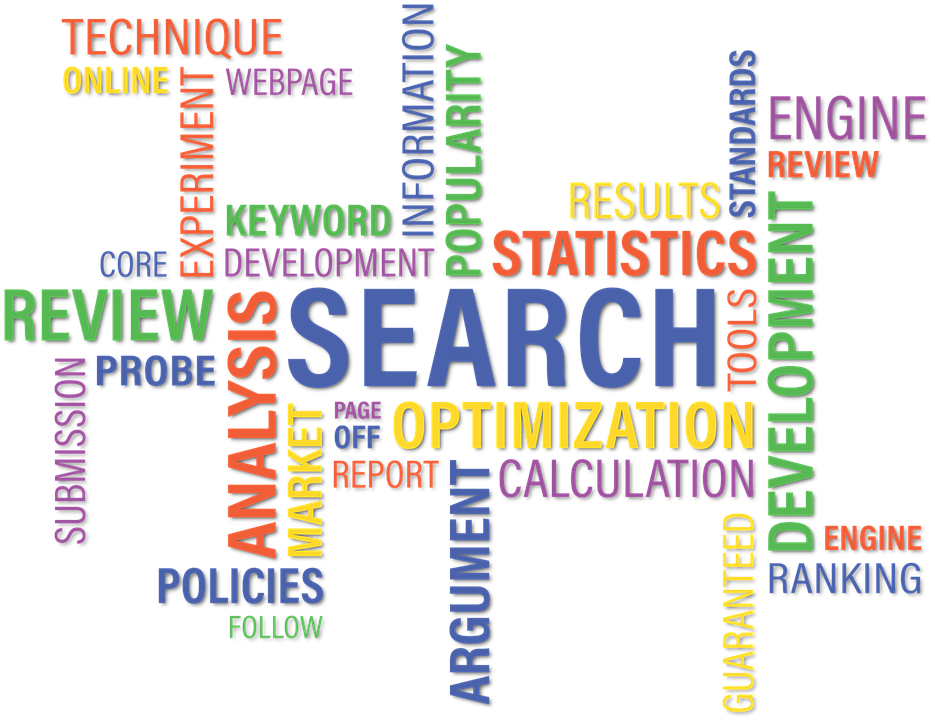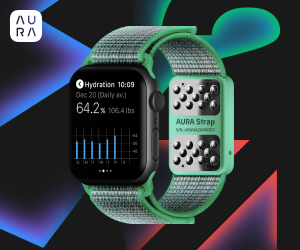goals
keyword
SEMrush
it will be very useful for us to locate high-performing keywords and incorporate them into our content marketing strategy.
Google Adwords Keyword Planner
UberSuggest
Key words to keep in mind
Domain and URL
Another of the key factors that can bring the discontent of our users and therefore a decrease in web positioning, is the reliability of the server. Not only is it enough to have a high bandwidth, but we also need interruptions to be as low as possible. If it happens punctually there will be no problem, but if it happens continuously it may cause our website not to be indexed.
Finally, we must take into account our IP "neighbors". When we are in a hosting and on many occasions we share IP (the cheapest option) it may be that the characteristics of other websites are contagious.
For example, if one of our "neighbors" is classified as spam, it may be that part of their negative authority is transferred to us and therefore they can penalize us.
Domain, subdomain, and directory
Once we have decided and have selected a good site to host our website, it is necessary to decide if we want to use a domain, subdomain or directory. In the case of creating a new website, there is no problem, since we are almost obliged to start with a new domain. But what happens if once our company is launched we want to launch a new project? In this case we will have to decide, so we will see the different situations.
Domain: It is the highest step within a website. From the domain is where the subdomains and directories grow. The domain is where we will have to make our best SEO efforts, since it will be the one who transmits them to the other parties. As we have mentioned before, it is the first mandatory step in creating a website. Its form is: www.inesem.es
Directory: It is used to segment our website into the different sections it has. Each of these directories forms a URL, so each URL can be optimized for SEO. Its form is www.inesem.es/areas-de-formacion.
For example: Let's imagine we have the case of a computer store. Its main page has the domain www.companies.com and we optimize it so that it appears in the search results through the words "buy computer". On the other hand, it has another category of keyboards, whose URL is www.computers.com/keyboard and therefore it is another way to access those users who only want to buy keyboards, so this time we will optimize it as "buy keyboards" and we will be dividing the potential of our page in two, covering a wider range. This example serves to assess the importance of not only optimizing the home page of our website, if not all the directories.
Subdomain: In this case is where doubts may arise regarding SEO positioning. The subdomain is hosted within the domain, but it is on a level other than the directories. Its form is: revistadigital.inesem.es
When we create a subdomain, part of the authority of the main domain is transferred, although the opposite does not happen. This involves the risk that if our subdomain ranks better than the domain, authority will not be transferred. However, it is widely used to maintain the brand image but refer to different projects.
Another domain: Inadvisable if we already have a good position in our main domain, since we will have to start from scratch with the new domain. One of the few advantages it has is that if the new domain positions better than the previous one, it can be used for link building strategies (we will see it in the next topic).
It is necessary to understand the differences between each of the parts of the web structure, since if we want to create a new project, we must understand that the different possibilities can influence its successful outcome.
page title
The title of each page must be unique, that is, two pages cannot have the same name, as this has a negative effect on our SEO.
When you are reviewing the content of your website, make it easier for search engines to identify the pages, that is, give each page an identifying name that, if possible, includes a keyword in it. It is not a key factor, but among all those used by search engines, it helps to have the keywords in another place.
The page courses-valencia.html will obtain better positioning than the page curval.html ; the page formwork-horizontal.html that secc01.html ; etc.
Rewriting the name of the pages is tedious, but nothing complicated if you take it into account while making your website. Conversely, doing the renaming later can lead to indexing errors that you should be aware of.
If the formwork page has always been secc01.html , it is possible that search engines, other websites or directories already have that page indexed, so changing the name will cause you to lose links and, consequently, visits.
A good way to make this transition is to create a copy of the page and have the same content on both pages secc01.html and horizontal formworks.html . For a while you will have to worry about changing the links to the first page, with the old name, by links to the second, with the new name.
When you verify, through the web statistics application, that the old page does not get visits for a while, you can safely remove it.
Headers and page text.
As we have already seen, a website is organized from the root domain, which usually coincides with the home page, since it is the one that will appear first if we perform a direct search in Google by typing the domain directly.
From this page we will create the previously described directories and subdomains, placing the most general information at higher levels and the most specific at lower levels (there may be several levels of directories). The structure of a correctly developed page will have a very positive influence on the web positioning, since the Google robot will not get lost in our content. To facilitate this structure, the "3-click rule" is known.
What is usually recommended for a website to be easily accessible is a flat hierarchical structure, in which any page is accessible in a few clicks. As its proper name indicates, the optimum is 3, and refers to the maximum distance with which to access any information on the web.
Example of a web map 3 clicks (Not counting the language of the page)
Even with the guidelines that the main search engines gave long ago not to exceed 100 links on the same page, in this way it would allow us to have thousands in a few levels. However, it is not necessary to obsess over it, it is best to rely on achieving an efficient, useful and visitor-friendly design.
Another aspect to take into account is that there is a general consensus in which it is believed that the pages closest (less click) to the main page (Home) are more important and are taken by robots as having higher quality content . This is an aspect to take into account, but if we follow the rule of structuring the content from most important to least, we will have absolutely no problem with this aspect.
Finally, and although it has not been proven, it is believed that all those pages that deal with the same topic and are also located nearby, have a greater positioning power. That is, if our pages are set in directories, and we have a directory with other subdirectories of the same theme, they will have a better consideration for indexing robots. That is, it is said that robots have the ability to perform a semantic analysis between pages.
Etiqueta meta description
Esta etiqueta es la que se muestra debajo del title cuando realizamos una búsqueda en Google. Siempre se ha creído que las palabras clave que utilizamos en esta etiqueta sirven para mejorar el posicionamiento y aumentar en el ranking, aunque realmente no es así.
La función principal de esta etiqueta es ofrecer un resumen previo de nuestra web, es decir, conocer a qué se dedica y qué vamos a poder encontrar en ella. El número máximo de caracteres se encuentra en torno a los 156.
Although it is known that it does not facilitate web positioning, it does not mean that they are not useful, since it allows the user to preview the theme of the page without the need to enter it. You should know that not filling in this label is synonymous with leaving it in the hands of the search engine, which will put what it considers most important in the content without taking into account the text limitation, so it will be cut.
In addition, it is a good attraction of visits to our website since it can be a reason to make the user visit our page.
Keyword meta tag
The meta keyword tag contains the keywords that will define the website where we are. In the early days of SEO, keywords determined the importance of a website and the main theme to which it was dedicated, so their influence was quite relevant. Given this situation, many websites repeated the keywords endlessly, consequently what is known as keyword stuffing.
Being aware of this situation, the robots eliminated the excessive power conceived of the keywords, releasing them to the background. Likewise, at present there are many websites that bet on these techniques.
An example of this tag is:
Meta name = ”keywords” content = ”inesem, online training, subsidized training, online masters”
Keep in mind that when we bet on more than one simultaneously, we must separate them by commas.
Meta Robots Tag
It is one of the most important meta tags since our positioning depends directly on its use. It is responsible for giving information and direct instructions to search engine robots about how to proceed with the web.
Depending on the configuration we use, we will allow the robot to index or not our page and crawl it or not. The general form of this tag is:
The cases will refer to each of the different assumptions that we can choose, which are:
Index, Follow: Our page will be indexed and crawlable.
NoIndex, Follow: It is not indexable but it is traceable. That is, it will not be displayed in the search results but it will be searchable.
Index, NoFollow: Allows indexing but not crawling.
NoIndex, NoFollow: Avoid indexing and crawling.
Meta viewport tag
This tag is used for websites that use a responsive mobile version. Its main function is to indicate to the robots how large our website will be displayed on different mobile devices.
Its form is:
Its meaning is:
width = device = width: The size of the page must be as the device shown
Initial-scale = 1.0: The page should initially be displayed as large as the Smartphone screen allows.
It is very important to know that this tag can only be used in responsive versions and not in those that use a dynamic mobile version or with independent URLs.
Meta Nosnippet Tag
It is a tag that eliminates the possibility of our website appearing in Google's featured fragments.
Its format is:
Other Meta Tags
As we mentioned at the beginning of this section, the meta tags are not limited simply to the recently explained ones, but we can use others that offer additional information and complete the instructions for the robot. Some of them are:
Author: Serves to reference the creator of the page
Subject: A kind of meta-description but shorter.
Generator: It refers to the programming language in which the web is created, for example, wordpress, drupal, joomla etc.
Language: Language of the content
Revisit-after: It indicates to the search engine how long it should re-crawl the content.
Title tag
We include it last since it is not really a meta-tag. In general, it is considered this way since it is included in the head and is registered by the search engines, however it is governed by completely different rules.
The main difference is that the title tag has its own syntax, that is, it is completely necessary in writing correct HTML code. Usually in code reviewers like W3C it is required and is listed as an error when not included correctly.
Finally, it is worth mentioning that unlike the others, this tag does represent one of the most important factors in terms of web positioning, since it will be because of what users find us. It is completely necessary not to exceed the maximum number of characters, which since the last update is set by pixels. That is, it depends on the space occupied by the letters that compose it, for example a capital letter occupies more than a lowercase.
A tool to check how the total result of our website will be in the Google search engine and when we exceed the number of characters is: http://www.seomofo.com/snippet-optimizer.html

















Comments
Post a Comment